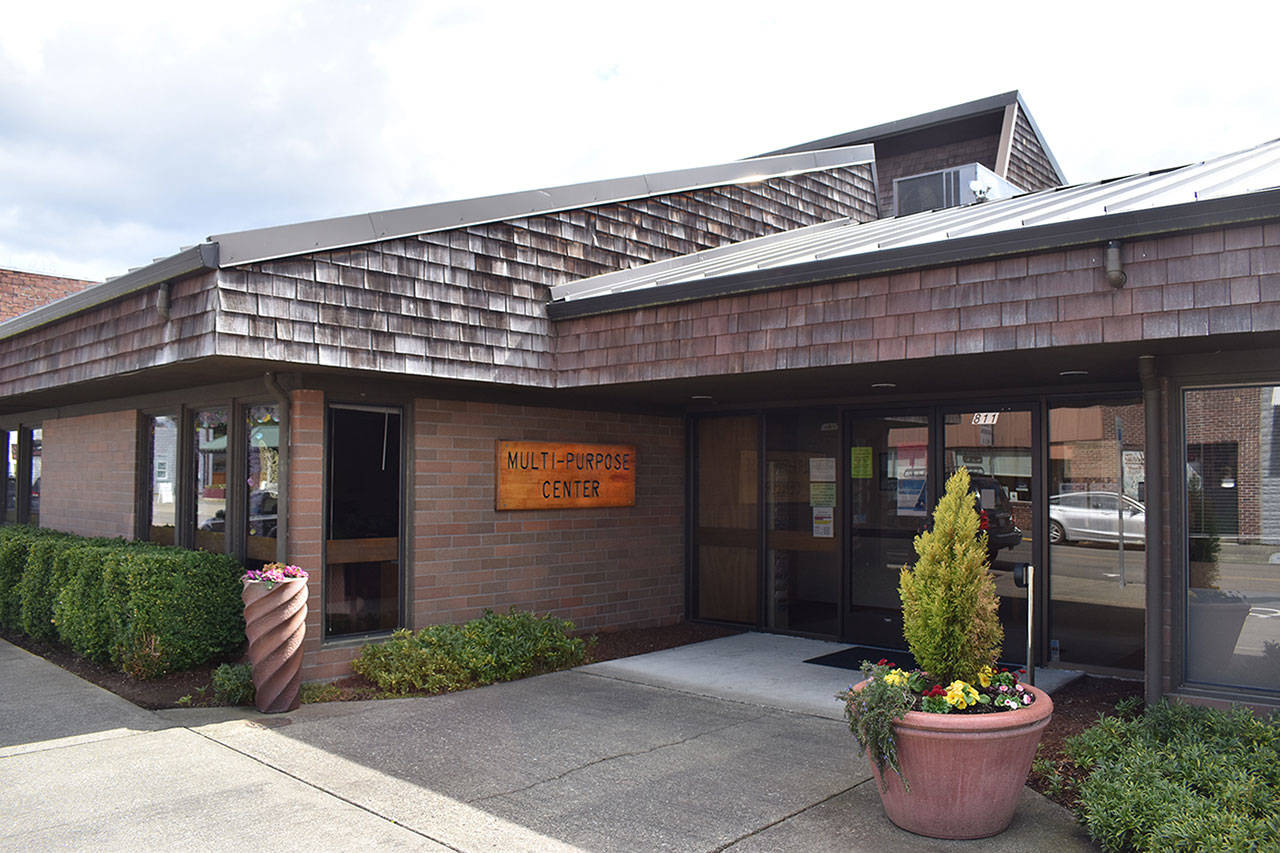The Buckley City Council officially approved their 2022-2027 transportation improvement plan July 27, setting the stage for more than a dozen projects and $16 million of work over the next six years in Buckley.
The city plans to grind and overlay or chip seal more than a mile of 112th street, begin construction on a $7.5 million foot bridge over the White River and rehabilitate Main Street from River Avenue to SR 410 – and that’s all just next year.
Taxpayers won’t shoulder those costs alone. Updating the TIP, which the city does every year, means Buckley remains eligible for certain state and federal transportation grants for those projects. But Buckley is now competing for those grants in the major leagues.
Buckley is estimated by the Department of Commerce to be at 5,300 residents, City Administrator Paul Weed said. Its population was estimated at 4,788 in 2019.
“Small cities” under 5,000 people compete amongst each other for projects and often don’t have to provide as high a match for funds. But cities with more than 5,000 people compete with each other across three grant programs.
That change isn’t necessarily good or bad for the city. It’s different, Weed said. For instance, more money will now be available for projects like pedestrian improvements, and for bigger projects in general.
“I am confident in our ability to continue to secure TIB (Transportation Improvement Board) funding for the arterial projects,” Weed said.
Mayor Pat Johnson said she’s tried for years to convince the state to create a “middle” category, but the response has been that it would be too complicated.
So instead, as Johnson put it during the council meeting: “We’re playing with Seattle, Tacoma and the big boys.”
The TIP motion passed unanimously without much fanfare, and no one chose to speak during the required public hearing.
Here are some of the major projects in store for the city, according to the TIP. Nothing is set in stone, and the costs are all still estimates.
2022:
A road restoration project on 112th street (Mundy Loss Road to SR 165) is scheduled for construction in 2022. About 5,600 feet of road is set for a grind and overlay, or alternatively a chip sealing. Cost: $845,800.
Construction of a new bridge over the White River for non-motorist travel along the Foothills Trail. Cost: $7,500,000.
2024:
Pedestrian improvements on about 2,100 feet of Spiketon Road, from Mt. View to the south city limits. Cost: $1,400,700.
2027:
Phase 1 of work on Ryan Road begins, covering about 3,300 feet from Sergeant Street to McNeely Street. The reconstruction, grinding, replacement of water, sewer and stormwater services, installation of curb, gutter and sidewalks and repaving is estimated to cost $3,422,600.
Pedestrian improvements on Collins Road, covering about 4,000 feet from Sergeant Street to Collins Court in two separate parts. The cost is estimated around a total of $819,450.
Also on July 27th, the council:
Tabled a proposal to initiate a pilot program allowing food trucks to officially operate in Buckley so it could be discussed at a study session.
Unanimously accepted the completion of a $129,140.12 upgrade to the city telemetry system that started in October. The upgrades came in about $5,600 above the original contract amount due to additional wiring and antennae needs. The project was finished May 26.
Unanimously awarded a bid of $17,943.12 to stripe city streets to Apply-A-Line. The price includes materials, installation and insurance.
Unanimously approved an agreement that will allow the American Red Cross to use Buckley Hall to provide services and shelter in case of a disaster.
Unanimously approved a funding agreement with the Association of Washington Cities to provide outdoor activities for kids through the Buckley Youth Activities Center through November. Kids will have 9 a.m. to 6 p.m., Monday through Friday access to the Youth Center, with plans for music classes, ultimate frisbee, a skate camp, transportation for kids who can’t easily get to the center and more. Council member Marvin Sundstrom asked the city to provide a report of the project’s effectiveness at its conclusion.


